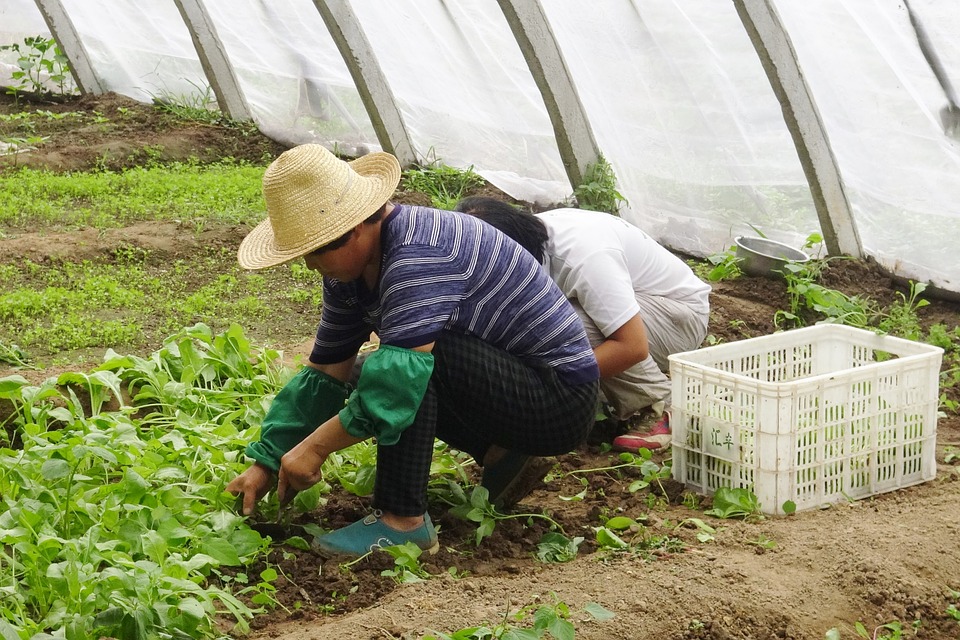
Chinese in Belize
The modern-day society in Belize is truly a melting pot. One key constituent of today’s Belize is the well-established community of individuals of Chinese origin. Most of Belize’s Chinese community are easily identified by their unique appearance, and there are many fantastical myths and beliefs associated with the Chinese community of Belize that bely a lack of understanding of China’s demographics, history, and culture.
The nation of China has more than a billion individuals who speak over a dozen languages and belong to several dozen indigenous groups, but most Belizeans consider China as a homogenous society all speaking the same language. The Chinese community of Belize is generally distinguished by having straight black hair of a very fine texture as well as the epicanthic folds of their eyes and other typical Asian characteristics, although many of the original immigrants have intermarried with the local population.
Long a British colony, Belize relied on imported slaves from Africa to perform manual labor. In 1838, following the abolition of slavery throughout the British Empire, large numbers of individuals from China were brought into Belize as either contract laborers or indentured servants. In 1865, a group of 470 Chinese male laborers were imported to work on the sugar plantations in the northern Orange Walk and Corozal districts. Within a year, more than 100 of these men were dead, partially due to overwork and partially due to diseases and extreme difficulties in adapting to the local climate and food.
The majority of the original waves of Chinese laborers soon moved northward into Mexico in search of better conditions, and the large-scale importation of Chinese workers was deemed unfeasible and ceased in 1871. Some of the original workers, however, did remain in Orange Walk and Corozal Districts while others moved further southward to work on sugar plantations in Toledo District, or to establish themselves in Belize Town (today’s Belize City), then the capital of the rapidly growing colony. Many of the original immigrants became businessmen, opening small shops, laundries, and restaurants.
Today, approximately 2% of Belize’s population identifies themselves as being Chinese. The local Chinese population continues to play an important role in Belizean society, having preserved much of their original culture, customs, language, and food. Although the Chinese population of Belize consider themselves full members of Belizean society, they maintain a strong pride and appreciation for their unique culture, history, and contributions to the economy. Members of Belize’s Chinese community can be found in every district and area of the country, especially in larger urban and metropolitan areas. The indigenous Chinese community in Belize enjoys full rights and citizenship privileges in the country, and their contribution to the greater society is recognized and honored nationwide, even if it is not always understood in great detail.

